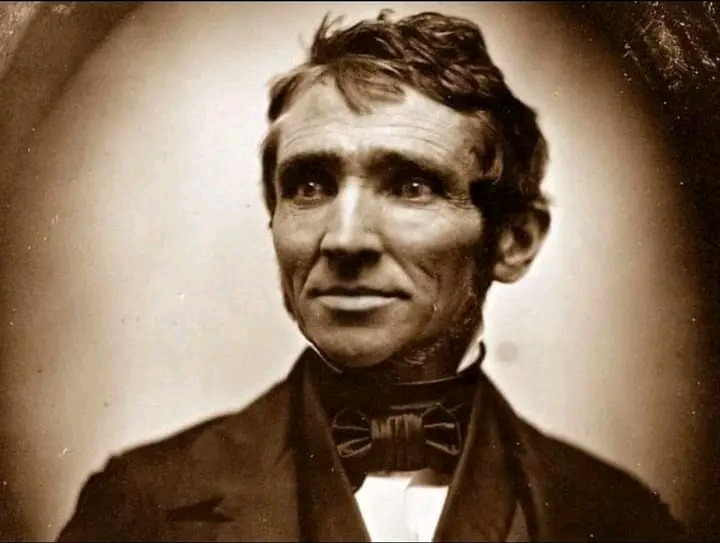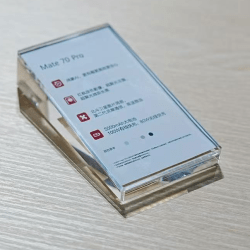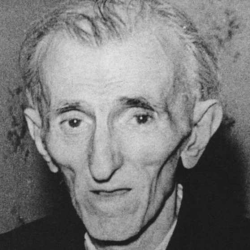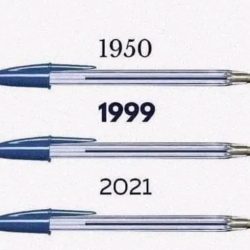Charles Goodyear’s journey from a hardware merchant to an inventor who revolutionized the rubber industry is a compelling story of persistence in the face of adversity. Born in Connecticut, Goodyear’s early life was shaped by his work in his father’s hardware store, starting at the young age of 12. Later, in 1824, at 23 years old, Goodyear married Clarissa Beecher and moved to Philadelphia, where he opened his own hardware store. Although he was a competent businessman, his true passion lay in chemistry and materials science. This deep interest would ultimately lead him to pursue the improvement of natural rubber, a journey that would significantly alter the course of his life and impact industries worldwide.
In the late 1820s, Goodyear became fascinated by the potential uses of natural rubber, also known as India rubber. At that time, the material had serious limitations—it was sticky and decomposed when exposed to certain temperatures. Determined to find a solution, Goodyear embarked on a long series of experiments, but success did not come easily. By 1830, at age 29, he was facing financial and health difficulties. His rubber experiments, which were funded by borrowing, had failed, and his business was bankrupt. As a result, Goodyear was thrown into debtor’s prison, where he began to experiment even further.
Despite his bleak situation, Goodyear’s determination never wavered. The primary issue with natural rubber was its instability—without a solution to make it more elastic and durable, its commercial potential was severely limited. While in prison, Goodyear continued to explore various chemical solutions to address these problems. It wasn’t until 1839 that he made his most important discovery: vulcanization.

Goodyear’s breakthrough came when he accidentally discovered that heating rubber with sulfur and other additives significantly altered its properties. This process, which he called vulcanization, hardened the rubber and made it resistant to temperature fluctuations. He realized that this new process made rubber as much superior to the old material as malleable iron is to cast iron. By 1843, he was confident enough to write to a friend about his discovery, recognizing its revolutionary potential.
Vulcanization transformed the rubber industry, making it possible to produce durable, elastic rubber that could be used in a wide range of applications, from tires to waterproof clothing. Although Goodyear would face many more challenges, including legal battles over his patents, his determination and inventive spirit had a lasting impact on the modern world. His invention laid the foundation for the development of countless rubber-based products that are essential in today’s society.
Goodyear filed his patent application for vulcanized rubber on February 24, 1844 and the patent was issued four months later. It is thanks to vulcanization that rubber can be used to make tires, shoe soles, hoses, and countless other items. It was one of the most profoundly important technological achievements of the 19th century.
So, Charles Goodyear became wealthy as a result? Unfortunately, no. He continued to struggle financially for the rest of his life, embroiled in litigation with other inventors over the validity of his patent, preventing him from profiting from it.
Meanwhile, his wife Clarissa contracted tuberculosis and much of the family’s income was devoted to her medical expenses and extensive travel in search of a cure. Clarissa died in 1848 at age 39, leaving six children, between the ages of 4 and 17.
At age 54, while still struggling to defend his patents and commercialize his invention, Goodyear married 40-year-old Mary Starr (who had not previously been married) and the couple would go on to have two children together. It too was a happy marriage, but Goodyear was not destined to long enjoy it.
Suffering the adverse effects of years of exposure to dangerous chemicals, Goodyear collapsed at a hotel in New York City on July 1, 1860, dying later that day. At the time of his death, he was 59 years old, penniless, and deeply in debt.
The Goodyear Tire and Rubber Company, founded in Akron, Ohio by Frank Seiberling nearly 40 years later, was named in honor of Charles Goodyear. Neither Charles Goodyear nor anyone in his family was connected with the company.
Reflecting on Goodyear’s achievements, the historian Samuel Eliot Morrison wrote, “The story of Goodyear and his discovery of vulcanization is one of the most interesting and instructive in the history of science and industry.” But, as he added, “It is also an epic of human suffering and triumph, for Goodyear’s life was one of almost continuous struggle against poverty and ill health.” Goodyear himself was philosophical about his failure to achieve financial success, writing that he was not disposed to complain that he had planted and others had gathered the fruit. “The advantages of a career in life should not be estimated exclusively by the standard of dollars and cents, as is too often done. Man has just cause for regret when he sows and no one reaps.”
















